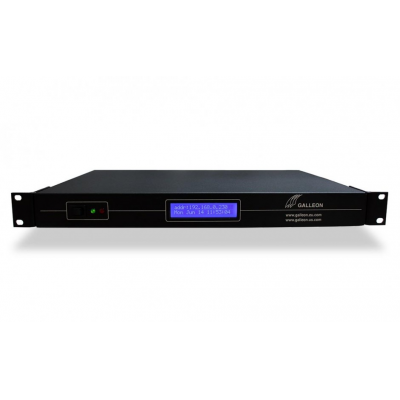The Global Positioning System, or GPS, is probably familiar to you if you have a smartphone or use satellite navigation in your vehicle. The GPS has changed the way we navigate on the road, and most modern cars are sold with satellite navigation systems preinstalled.
However, GPS is not only useful for satellite navigation; it has other uses too. It is used as a source of accurate time for synchronising a computer network and other such technologies with the aid of a GPS network time server.
Need for Synchronisation
Time synchronisation is vital for all sorts of technologies, especially computer networks. Having different machines operating at different times can lead to various types of problems. This includes data loss and emails arriving before they were technically sent.
Without accurate synchronisation or a network time server, it is nearly impossible to keep a network running smoothly or to identify errors.
Other technologies need accurate time synchronicity, too. CCTV cameras, cash machines, and safety systems such as air traffic control all have to be precisely synchronised.
GPS Time
The Global Positioning System doesn’t actually transmit any positioning information. Satellite navigational systems calculate the accurate location from the time signals that the GPS satellites transmit. Onboard each GPS satellite are atomic clocks.
These atomic clocks transmit their times and the exact position of the satellite. It is this information, triangulated from three or more satellites, that is used by the navigational system to calculate its own location.
Atomic clocks have to be used for this process because the signals are travelling at the speed of light. A one-second inaccuracy in the time signal could result in an error of over 300,000km. Most satellite navigation systems are accurate to within a few metres.
GPS Network Time Server
Because of the accuracy of the GPS time signals and the fact that GPS signal is available almost everywhere, the GPS network is ideal for computer network time synchronisation
To synchronise a computer network or other technology systems to GPS time, all that is required is a GPS network time server.
GPS network time servers do all the work for you. Using a rooftop antenna, the time server receives the GPS signal and distributes it across a network of machines and devices.
Using time synchronisation protocols such as NTP (Network Time Protocol), all devices can be kept within a few milliseconds of the original GPS time source; and you don’t need multiple time servers for large networks, either.
A single device can synchronise hundreds of devices to GPS time.
GPS network time servers are simple to install, simple to use, and can maintain millisecond accuracy for all sorts of technologies. Used in CCTV's, control rooms, and hospitals, GPS time server provides an efficient and cost-effective solution for network synchronicity.

